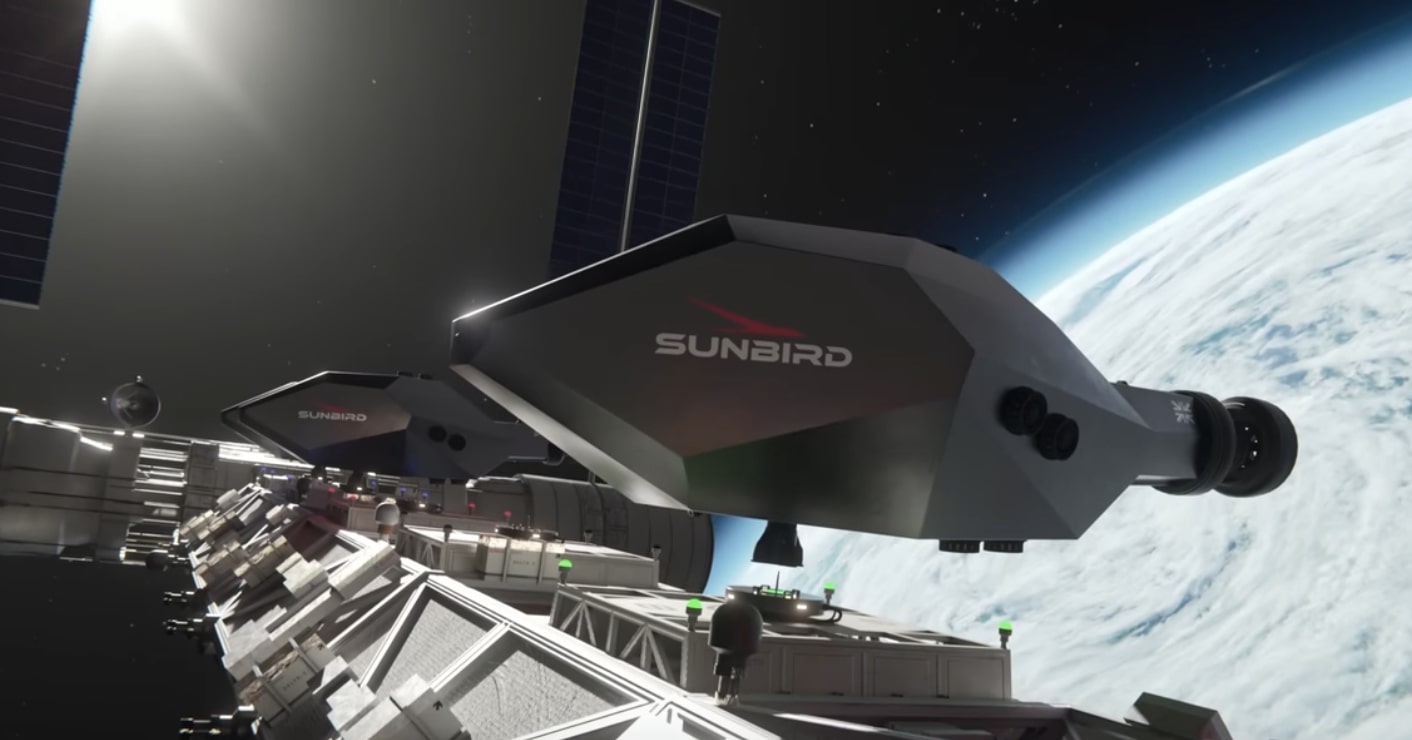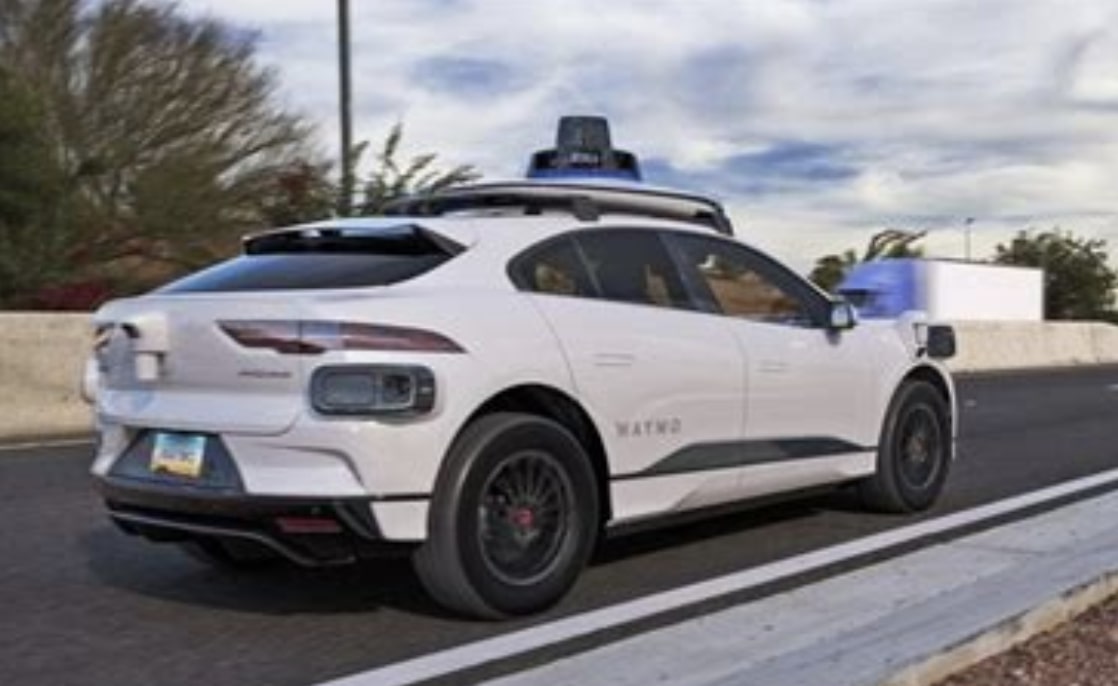Now Reading: Pulsar Fusion Expands Operations to Texas
-
01
Pulsar Fusion Expands Operations to Texas
Pulsar Fusion Expands Operations to Texas

Pulsar Fusion, the UK-based fusion propulsion company behind the breakthrough Sunbird platform, is opening a new U.S. office in Austin, Texas. This strategic move supports Pulsar’s increasing engagement with U.S.-based clients and investors.
They plan to make the Sunbird powered by a state-of-the-art Dual Direct Fusion Drive (DDFD). It will have a specific impulse of 10,000–15,000 seconds and 2 MW of power. The compact DDFD will provide both thrust and electrical power for next-generation spacecraft. Pulsar plans to test its nuclear fusion tech in space by 2027, and is expected to test components of the Sunbird’s power system in orbit as soon as this year.
Modelling shows that this technology can potentially propel a spacecraft with a mass of about 1,000 kg (2,200 lb) to Pluto in 4 years.
A craft launching from Earth to Mars needs ~11.3 km/s (9.4 km/s to LEO + ~1.9 km/s for trans-Mars injection). For outer solar system missions (e.g., Jupiter), it’s even higher (~14.4 km/s total).
With Sunbird in Orbit: A spacecraft launches to LEO (~9.4 km/s), docks with a Sunbird, and then the Sunbird’s fusion propulsion handles the rest. 3–5 km/s to Mars or 6–10 km/s to Jupiter. The initial launch vehicle only needs enough delta-V to reach orbit, not the full interplanetary trip.
The Sunbird’s fusion-driven exhaust velocity (~98,100–147,150 m/s( is could cut the total delta-V burden on the launch vehicle by 20–50%, depending on the destination, and massively reduce fuel mass—making missions cheaper, lighter, and more flexible.
The sunbird—consists of a dual direct fusion drive (DFDD), and eight Hall-effect thrusters. This should provide the massive thrust capable of reaching speeds of 329,000 mph, and the smaller pulses needed for precise maneuvers.
Rapid Cargo Delivery to Mars
[CARGO > MARS]
Mission Description: Transporting 1000–2000 kg of commercial cargo (e.g., habitats, rovers, or supplies) to Mars orbit in under 6 months, docking with a pre-launched spacecraft in LEO.
Power Generation Advantage: The DDFD’s 2 MW output (with ~1 MW auxiliary power) supports high-bandwidth data relays and powers onboard systems (e.g., refrigeration for perishables or laser comms), eliminating solar panel reliance in Mars’ weaker sunlight (588 W/m² vs. 1361 W/m² at Earth).
Delta-V Reduction: Launch to LEO requires ~9.4 km/s, but the Sunbird handles the ~3.6 km/s trans-Mars injection (TMI) and ~1.5 km/s Mars orbit insertion (MOI), cutting total mission delta-V from ~14.5 km/s to ~9.4 km/s—a 35% reduction. This slashes launch vehicle propellant by ~50%
Unique Advantage: Faster transit (150 days vs. 210+ with chemical propulsion) and reduced launch costs enable frequent, cost-effective commercial Mars logistics.
Outer Planet Science Probe Deployment (Jupiter/Saturn)
[0UTER_SPACE]
Mission Description: The Sunbird fusion engines ferry a 1000 kg science probe to Jupiter (5.2 AU) or Saturn (9.5 AU) in 2–4 years, deploying it into orbit for detailed study (e.g., Europa’s subsurface ocean or Titan’s atmosphere).
Power Generation Advantage: The 2 MW DDFD provides ~1 MW to the probe upon arrival, powering high-energy instruments (e.g., radar, plasma detectors) and beaming data back at gigabit rates—unfeasible with solar power at 5–10% Earth’s intensity (50–15 W/m²).
Delta-V Reduction: From Earth, Jupiter requires ~14.4 km/s (9.4 km/s to LEO + 5 km/s transfer) and Saturn ~15.7 km/s. Docking with Sunbird in LEO drops this to 9.4 km/s for launch, with Sunbird covering ~6.1 km/s (Jupiter) or ~7.4 km/s (Saturn)—a 30–40% delta-V cut. Propellant mass drops by ~60% for the launch vehicle.
Unique Advantage: High power at destination and reduced launch mass enable larger, more capable probes to outer planets, slashing transit time vs. chemical (7–8 years to Saturn).
Lunar Orbital Supply Hub
[LEO > MOON]
Mission Description: The Sunbird serves as a reusable LEO-to-Moon transfer vehicle, delivering 1500 kg of supplies (e.g., fuel, water, or equipment) to lunar orbit for commercial stations or landers.
Power Generation Advantage: The ~1 MW auxiliary power supports in-orbit processing (e.g., electrolysis for fuel) and powers docking systems or laser-based debris tracking, critical in the crowded lunar environment.
Delta-V Reduction: A full Earth-to-lunar orbit trip needs ~15.1 km/s (9.4 km/s to LEO + 5.7 km/s). With Sunbird in LEO, the launch delta-V drops to 9.4 km/s, and Sunbird covers the ~4.1 km/s LEO-to-lunar orbit leg (using Oberth effect)—a 38% reduction. Launch propellant mass decreases by ~55%.
Unique Advantage: Reusability and high power reduce costs for sustained lunar commerce, supporting a cislunar economy with minimal launch overhead.

Brian Wang is a Futurist Thought Leader and a popular Science blogger with 1 million readers per month. His blog Nextbigfuture.com is ranked #1 Science News Blog. It covers many disruptive technology and trends including Space, Robotics, Artificial Intelligence, Medicine, Anti-aging Biotechnology, and Nanotechnology.
Known for identifying cutting edge technologies, he is currently a Co-Founder of a startup and fundraiser for high potential early-stage companies. He is the Head of Research for Allocations for deep technology investments and an Angel Investor at Space Angels.
A frequent speaker at corporations, he has been a TEDx speaker, a Singularity University speaker and guest at numerous interviews for radio and podcasts. He is open to public speaking and advising engagements.























